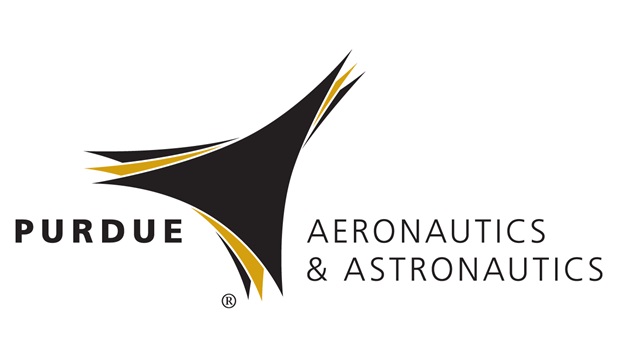Part 1 of 2 Parts
Carolin Frueh a professor at Purdue University’s School of Aeronautics and Astronautics. She is one of only a few researchers who are working with a complex technique that can diagnose problems with satellites from thousands of miles away based on the way that sunlight is reflected from the satellite. She says, “While you're driving a car, you can't get out of the car to check if something has fallen off or gotten damaged. But you know that there might be a problem. An operator might notice that a satellite is unstable or not charging properly. An outside perspective can tell if it's because something broke off, or if a panel or antenna is not properly oriented, for example.”
When a satellite develops a problem, failure to recognize there is a problem and diagnose it increases the possibility of losing contact or not being able to reestablish communication with the satellite. If communication is lost permanently, the satellite could disintegrate and become a cloud of debris that might stay in orbit for hundreds of years or even indefinitely if not removed. This space junk is a major danger to other spacecraft. There are over a hundred thousand pieces of debris that are bigger than a penny currently orbiting the Earth. The U.S. Strategic Command maintains a database of these pieces of debris.
The vacuum of space immediately puts stress on any satellite that is launched. The constant transition between the deep cold of the shadow of the Earth and the extreme heat of direct sunlight also cause damage as time passes.
Freuh says, “You know everything about a satellite when it's on the ground. But that configuration changes because, to carry the satellite up, parts of it need to be folded in. Once in space, you want the panels unfolded, stably oriented toward the sun and the antenna pointed toward Earth. The longer a satellite is out there, the less you know about it.”
Satellites are almost always in direct sunlight and are only shaded by the Earth for short periods. It turns out that light reflected by the satellite can help reveal possible solutions to structural malfunctions. The method depends on the use of telescopes on Earth to collect the light reflected by the whole satellite or one specific part. Satellites are very distant from the telescopes and usually appear as just a dot in the sky. Changes in the brightness of a satellite are recorded as light curves. These light curves are then subjected to processing software and information about the appearance of the satellite or its rotational state is revealed.
Radar has been used in the past to examine satellites and, if conditions are just right and the satellite is in low orbit, radar can provide a lot of information. Light curves could become a cheaper and more practical way to identify problems with satellites. Light curves can provide useful information regardless of the distance of the satellite from the telescope. Light curves passively rely on reflected sunlight where radar has to actively illuminate the satellite it is examining.
Please read Part 2 next
